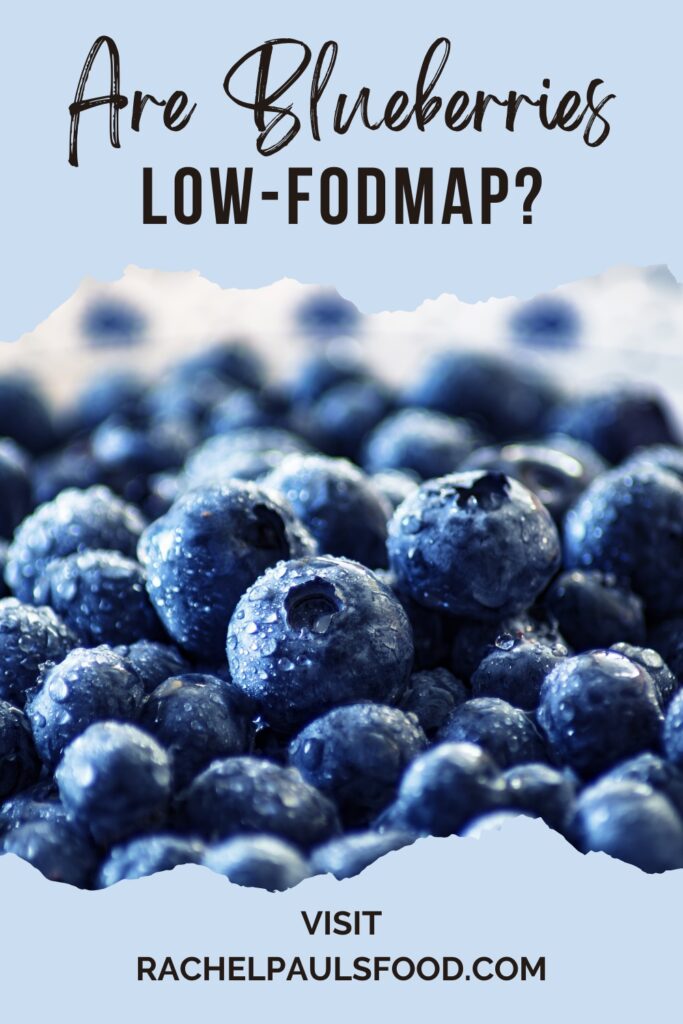
One of the most common questions I get asked from readers is whether a certain item is actually low-FODMAP. They are confused about the accuracy of information, and want to ensure their symptoms are not triggered.
I completely understand this question and concern!
The low-FODMAP diet can be confusing, and overwhelming, especially at first. Plus, to add to this issue, there is a lot of misinformation out there.
One of the reasons I was inspired to write my 2 books, was to guide people through the low-FODMAP diet, from Elimination to Personalization. Click this link to see them on Amazon!
The FODMAP diet food lists are an ever-evolving project. They are constantly being modified, with new foods being tested and added all the time. Some foods have even changed in their reported FODMAP quantities, by having increases, or decreases made to their suggested portion sizes.
As frustrating as it is, this is the reality. For a person like me, that tends to see things very black-and-white, and wants a firm answer, the changing nature of FODMAP data was a source of frustration. However, I am now at peace with the fact that this is a fluid area. I am always cross checking what I think I know, with the most up to date sources (see more on the apps below).
The only true way we have to check FODMAP food data is to use one, or both, of the scientifically supported apps. These include the Monash Uni app, and the FODMAP Friendly app. I suggest you get both to have constant access to the knowledge you need.
Many people learn of the FODMAP diet from a provider that will give them a FODMAP list, with a minuscule listing of acceptable foods. These lists are often woefully out of date, and incorrect. Several posts and forums also exist online, with inaccurate information. Do not assume that these are the limitations you must abide by.
For some foods, FODMAP values could change between a cooked food and a raw food, or a canned food and a fresh food. This should be taken into an account when interpreting what you are going to eat.
Notwithstanding the above, the number of food items that are now considered low-FODMAP is astronomically larger than it ever was. Not to mention almost any food can be tolerated if you have a small enough portion size. This information is liberating and freeing for those of us who have felt that we can’t and shouldn’t.
Trust that when you are reading my blog, you are getting medically-accurate, doctor-researched information.
Feel free to test your own tolerances and experiment with a variety of foods once your symptoms are stable. Food variety and diversity is necessary for a healthy gut microbiome.
Also see my posts:
Ok, you are saying, BUT WHAT ABOUT BLUEBERRIES?
BLUEBERRIES AND THE LOW-FODMAP DIET
Below is based on FODMAP data at time of posting
Dr. Rachel’s Note: I highly recommend using a kitchen scale when following a low-FODMAP diet to ensure accurate measurements
Blueberries are an interesting fruit when it comes to the FODMAP diet.
When I began low-FODMAP, blueberries were found on every ‘avoid’ list. The serving size was listed at 40g, and I was not able to incorporate a large amount in my recipes.
Interestingly, however, this was later re-tested and new data emerged. The portion size dramatically increased! That is amazing news if you love this healthy fruit.
RAW BLUEBERRIES:
MONASH FODMAP DATA:
- Low-FODMAP serving size of 125g
- Remains low in FODMAPs up to 500g
FODMAP FRIENDLY DATA:
- Low-FODMAP serving size of 150g
- Higher amounts contain excess fructose
- Maximum low-FODMAP serving of 300g (10.5 ounces)
Above you will see a discrepancy between the 2 common databases for FODMAP data. This happens, from time to time. Foods vary in their geographic origin, quality, ripeness, and other factors, Each group will test an array of a food, and obtain an ‘average’ to yield their results. This may lead to differences in the reported amounts.
Monash does not often provide data on a maximum serving, but in this case, it is a large amount. FODMAP friendly app does tell a ‘maximum allowed serving’.
Bear in mind, that we consume foods in context of a meal, and this maximum could be ‘too much’ if you plan to consume other items that contain fructose. For me personally, I cannot tolerate large amounts of blueberries. This is potentially not a ‘FODMAP’ issue, but could be related to the other components of blueberries. Our bodies will vary, and these limits are only a guideline, until you move toward the personalization FODMAP stage.
The other issue, that is not clear, is what happens when you bake or cook a blueberry? Does the amount of FODMAPs remain constant? We do not have that answer with the available information. If you believe you react differently to cooked blueberries, I suggest you remain on the lower end of the portion size.
Here are some delicious low-FODMAP blueberry recipes:
- Dr. Rachel’s Favorite Low-FODMAP Smoothies; Peanut Banana, Wild Blueberry Chia & Strawberry Almond Flax
- Low-FODMAP Blueberry Buckle Coffee Cake; Gluten-free
- Low-FODMAP Lemon Blueberry Buttermilk Bundt Cake with Low-FODMAP Lemon Cream Cheese Frosting
- Low-FODMAP & Gluten-free No-Churn Blueberry Cheesecake Frozen Yogurt
- Low-FODMAP Oatmeal Blueberry Mug Muffin; Gluten-free, Dairy-free
- Energizing Low-FODMAP Blueberry Almond Overnight Quinoa; Gluten-free, Vegan
For more on the FODMAP diet, check out my amazing posts:
- Dr. Rachel’s Low-FODMAP Diet 5-Day Meal Plan; Recipes and More (IBS-friendly!)
- Dr. Rachel’s Low-FODMAP Fast-Food Options (Because Low Doesn’t Have to Mean No)
- Low-FODMAP Options at Starbucks
- Dr. Rachel’s Low-FODMAP Grocery Shopping List; IBS-friendly, Gluten-free
- Dr. Rachel’s Guide to Starting the Low-FODMAP Diet
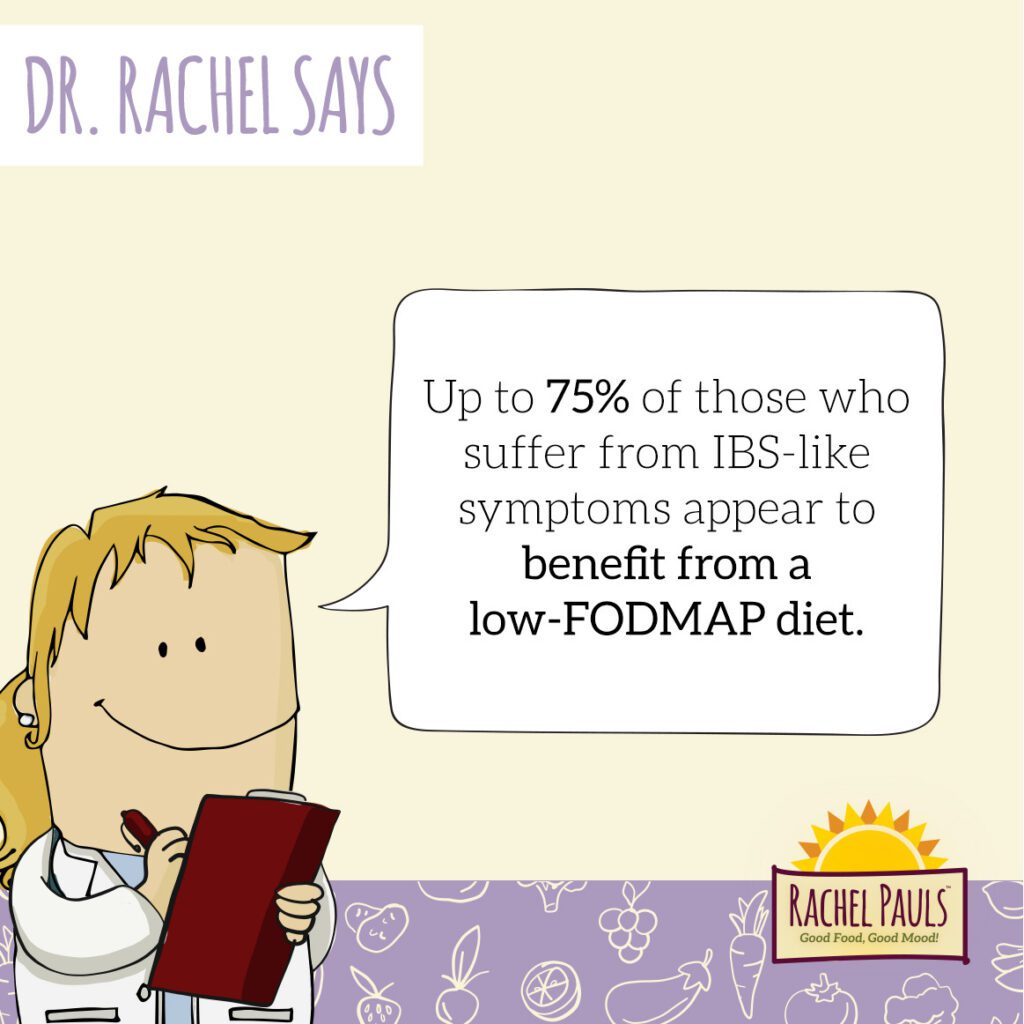
Be healthy and happy,
Rachel Pauls, MD




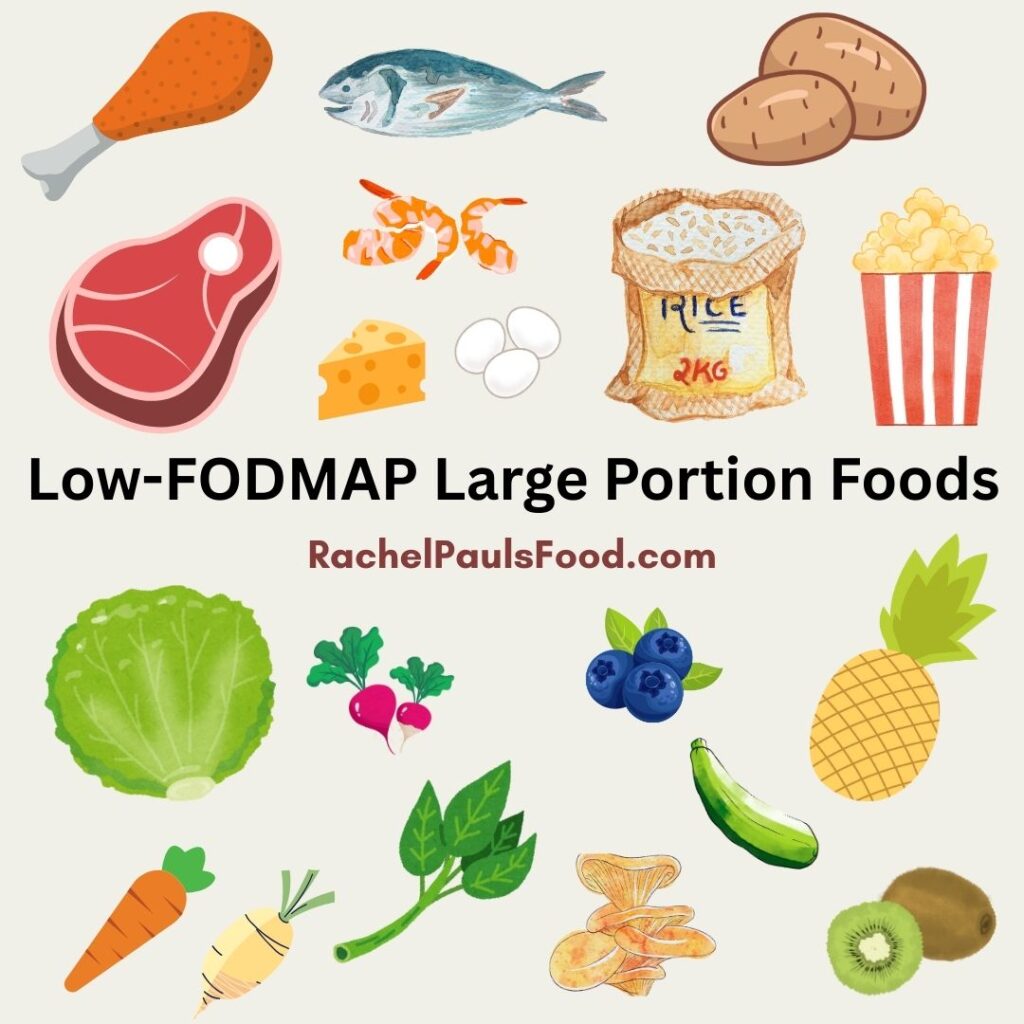
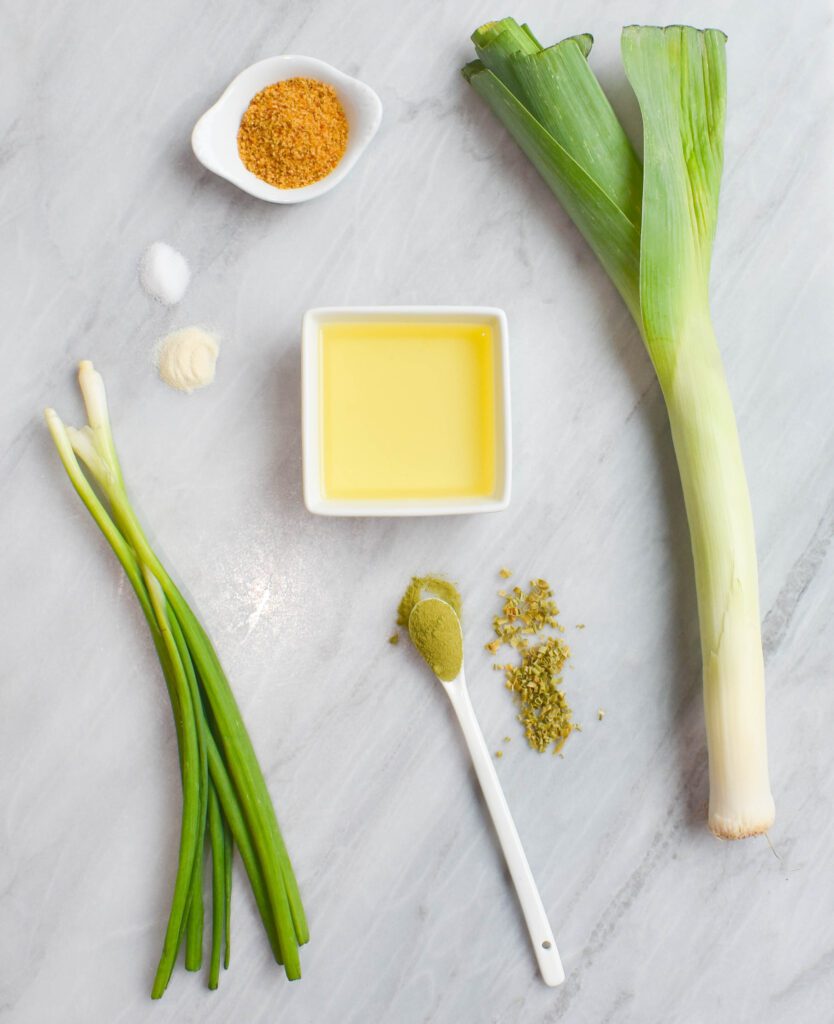
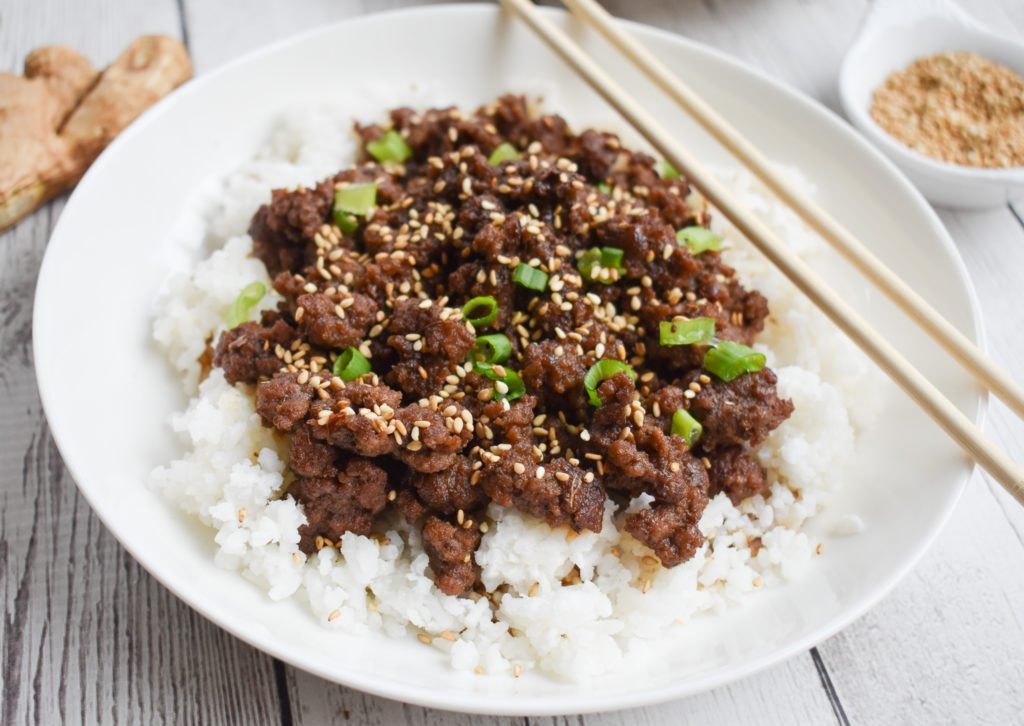
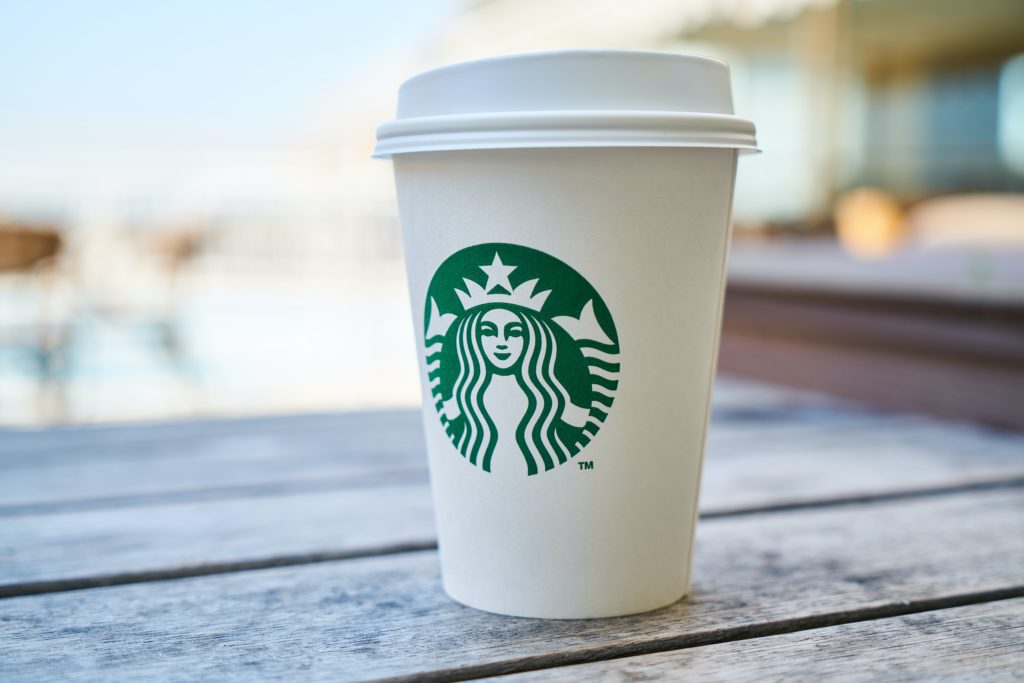

3 Responses
I love your honesty Rachel. I have chronic constipation & have recently discovered goat milk kefir. I love it. I hope it changes things for me. Do you have a blog on constipation? On IBS?
I love your honesty Rachel. I have chronic constipation & have recently discovered goat milk kefir. I love it. I hope it changes things for me. Do you have a blog on constipation? On IBS?
Hi Ken,
Thank you so much for reaching out!
I don’t have blogs directly on those subjects, since my focus is the low-FODMAP diet. However, I mention other therapies for IBS flares here: When the Low-FODMAP Diet isn’t Enough for your IBS; Dr. Rachel’s Suggested Additive Tips and Treatments. My first book does have more information about IBS, if you are interested in checking that out.
As far as Kefir, I am glad it is working for you! However, it is not a low-FODMAP tested product and I don’t have experience with it.
Best,
Rachel